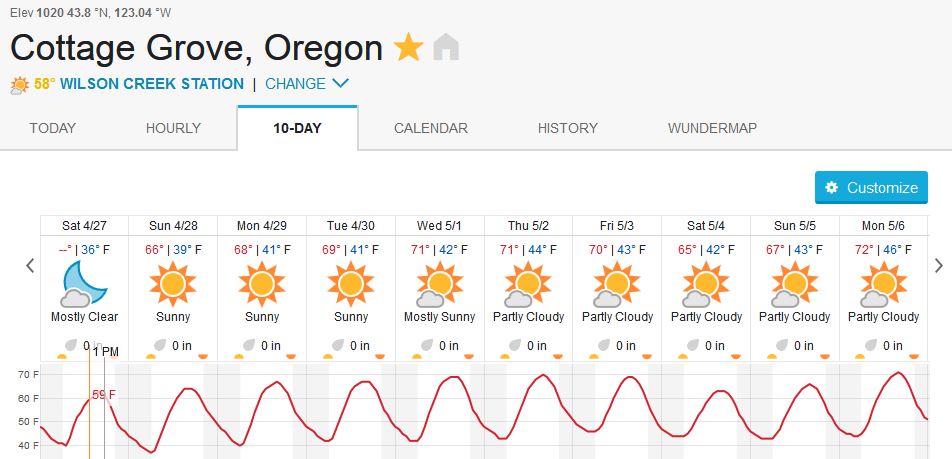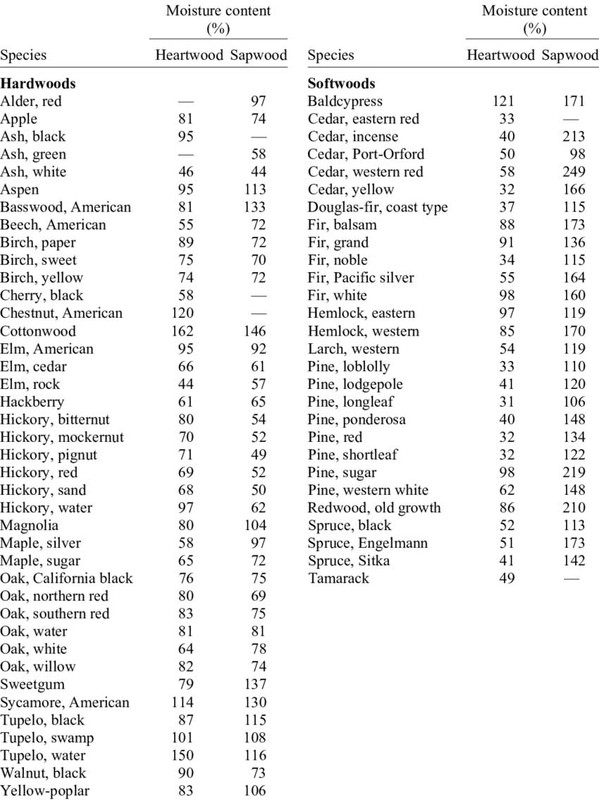It is amazing how many guys on this forum hate firewood that burns well and produces heat. I don't hate it, I burn it. I like to heat the building that I am in, the same way that American Indians liked to heat their teepees and Charles Ingalls liked to heat his cabin for his family in Minnesota.
What do you want? Heat or the ablity to brag to your friend that you found a dense, heavy log? Heck, I can do that with locust anytime that I want to. I don't need oak or hickory. But, what I really want is heat.
A GOOD mix of woods in a wood pile is desirable, any SINGLE type of wood comprising the ENTIRE wood supply is going to have some drawbacks.
Cedar makes a WONDERFUL kindling, and having burned it as sustaining wood seriously for the first time this year, it did better than I expected of it, it is NOT a long burning over night wood, but while watching movies in the evening with the Wife, where I can keep the stove tended, it does a good job of producing BTU's, and I was Very Happy with the very small amount of ash it produced.
Cottonwood is much the same, GET IT DRY, and it will produce BTU's, without too much ash in my experience, but it isn't an all night wood either.
Around us, D Fir is the MVP, that gets the most court time, it is simply THE Most abundant wood around here, along with Hemlock and Alder, Tamarack isn't as abundant but prized as firewood as well, Properly seasoned, D Fir puts out Good Heat, it lights and burns easily, and the draft can be closed down for longer overnight burns on large splits, It's what we have, and works well.
We see Some Maple, very little Oak, and Locust? Osage Orange? Hickory? Nothing but Myths and Hersey, where we live



I diversify my wood pile as much as I can, but I sure wood LOVE to have a much greater percentage of Hardwoods available, especially for the longer burns over night, or while at work. fortunately, my Wife's Hair Salon is less than 10 minutes from the house, so if she gets a break between clients she can often get home to restoke the the stove, but she is learning how to load the stove and adjust the draft for longer burns.
The Cedar, Cottonwood and D Fir, work well for getting a cold stove up to temp, the Cedar and Cottonwood also work well for early in the season, before the hard freeze of winter sets in, and I try to keep some around for starting fires, the D Fir and Better woods are our deeper winter woods, it all has it's place and use.
When I am driving 45+ minutes each way to the forest, and am only allowed a maximum of 5 cords per HOUSEHOLD from the Forest Circus, I am targeting better wood than Cottonwood, I scrounge that closer to home, and not fill my Forest Circus permits with Cottonwood, plus that weed is much less common at the elevations that we normally cut at, 3,500-6,000', that is generally Conifer country, with some hardwoods at the lower elevations, and thinning as you go up, near 6,000' it is pretty much D Fir and Hemlock.
I am Jealous of the Hardwoods many of you take for granted on here, but we still heat our home well with what we can get, some of you guys take things like Osage Orange and Locust for Granted, I hadn't even heard of Osage Orange before joining AS, never mind had any to cut or burn, Hickory?, here that comes in little bags of chips for Smoking Fish and Meat

I will admit though, when I've got the 36" bar on my 3120XP BURIED, or nearly so in a Nice D Fir, I'm SMILING









Doug





























































 . I took a half round of ash that had been split about a year and split it in half. The first 2 pics are as soon as I brought it into the shop yesterday morning . The next 2 are at 2 pm today.
. I took a half round of ash that had been split about a year and split it in half. The first 2 pics are as soon as I brought it into the shop yesterday morning . The next 2 are at 2 pm today.

